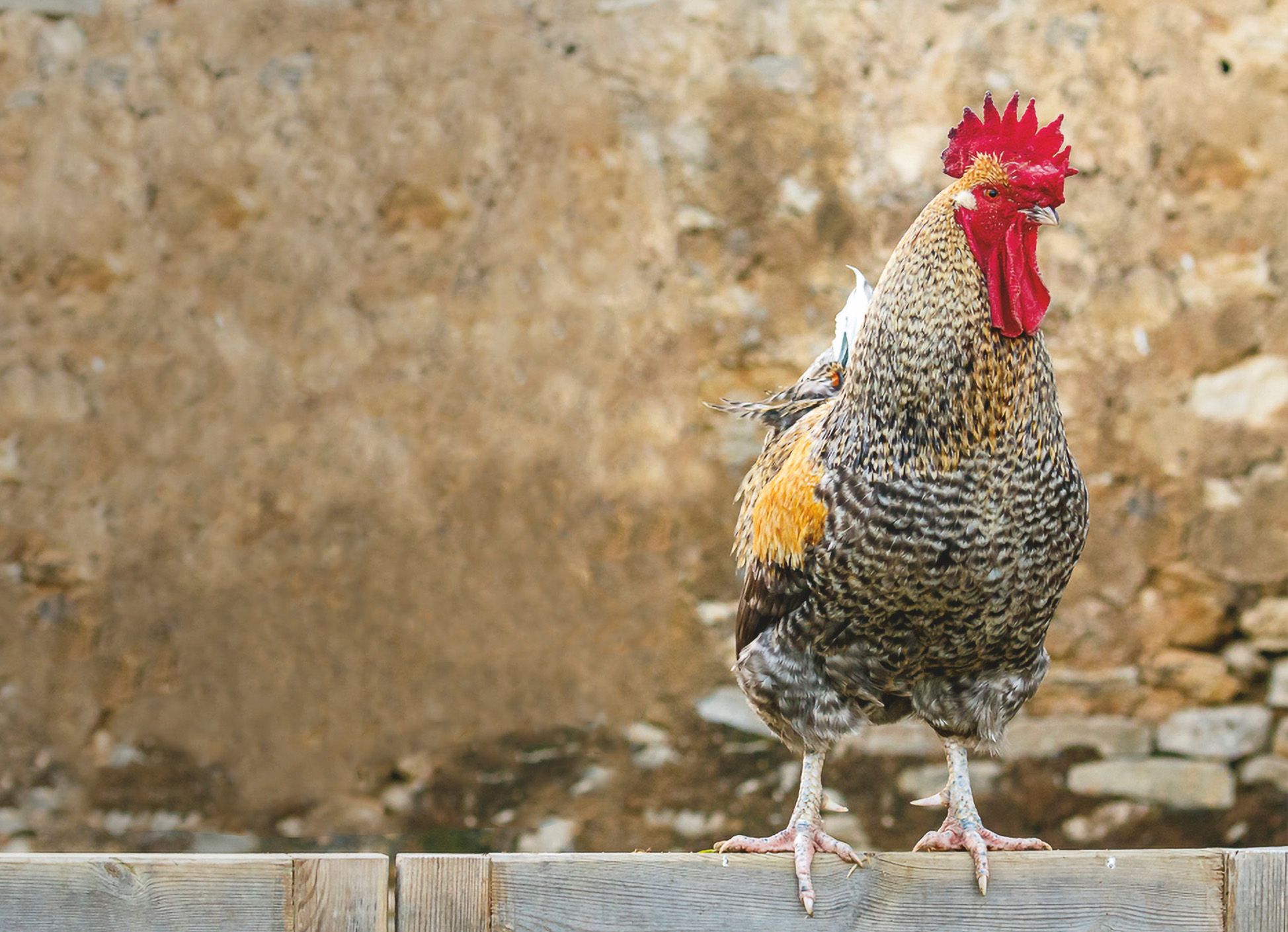1
It is estimated that there are more than 33 billion chickens worldwide. Outnumbering the human population, chickens are one of the most common farm animals. There are three recognised breeds of Ibizan chickens: negra platejada, blat platejada and negra barrada.
2
Chickens are the closest living relatives of dinosaurs you’ll find in Ibiza Scientific evidence has proven the shared common ancestry between chickens and the Tyrannosaurus rex.
3
Chickens were domesticated about 8000 years ago, and evolved from the red junglefowl. Today’s domestic chickens still have the ability to fly, although not as effectively. Chickens can fly for short distances – enough to clear obstacles or reach a perch.
4
Research has shown that chickens experience REM (rapid eye movement) while sleeping, meaning they can dream just like us!
5
These wonderful creatures have over 30 unique vocalizations that they use to communicate a wide variety of messages to other chickens, including mating calls, stress signals, warnings of danger, how they are feeling and food discovery.
6
They also have a sleep phase that humans don’t experience called unihemispheric slow-wave sleep, where one half of the brain is asleep and the other is awake. This means that chickens can sleep with one eye open, which is especially useful for looking out for predators.
7
Like humans, chickens have colour vision, and are able to see red, green and blue light. However, what makes chicken vision unique from ours is that they are also able to see ultraviolet light, which are the colours you see when using a black light!
8
Our feathered friends are able to recognize over 100 different faces, even after being separated for extended periods of time, highlighting their long-term memory capabilities. These faces don’t just include chickens; they can recognize the faces of humans too!











